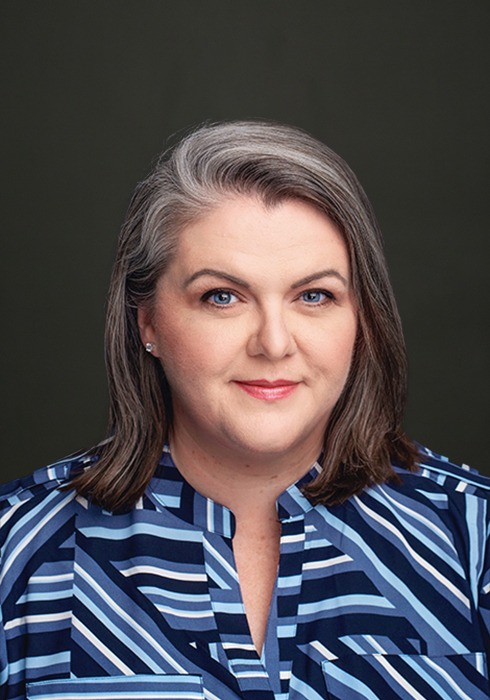Insight Why am I hearing LIBOR in the news?
By Amy M. J. Knight,
If your practice touches finance, you have probably heard the noise about the upcoming change in LIBOR. This article is a short overview of the issue.
I. What is LIBOR?
In the year of The Beatles’ last public performance and when Neil Armstrong walked on the moon, the Shah of Iran needed a big loan. The syndicated credit he received, coordinated by a Harvard-trained Greek banker who is credited with creating the necessary math, is considered the formative transaction for the London Interbank Offered Rate (LIBOR), which has since become the basic rate of interest used in lending.
By the time the Chernobyl power plant disaster was on front pages and Whitney Houston was asking “How Will I Know?”, LIBOR had been officially adopted by the British Banker’s Association (BBA). First used to set short-term unsecured loan rates between banks, it became a global market benchmark; thus, it has been a reference point for knowing other lending and exchange rates–from the exchange rate given each U.S. dollar for Japanese yen, to interest rates on mortgages and student loans.
LIBOR has been based on estimates made by a number of the largest and most creditworthy banks with London operations who comprise the LIBOR panel. Each day, these banks are asked, “At what rate could you borrow funds, were you to do so by asking for and then accepting interbank offers in a reasonable market size just prior to 11am?” The resulting rate is then published by the Intercontinental Exchange (ICE), which operates regulated futures exchanges and over-the-counter markets, announced in seven maturities (from overnight to twelve months) and in five different currencies. In the interconnected global market, LIBOR resounds in the loans that come across your desk.
II. When is it ending and why?
After Beyoncé became “Irreplaceable” and the housing bubble catastrophically burst in 2007, regulators and market observers noticed something strange–LIBOR had not behaved like other market prices and rates during the melee. U.S. and foreign regulators investigated and uncovered explicit manipulation by banks to influence rate fixings in order to project financial soundness during the crisis and benefit their own trading positions. The method and manner that produced LIBOR was seriously called into question. Several banks were fined heavily for their misconduct; nevertheless, the volume of the scandal and questions around LIBOR’s validity increased. The collective shaken confidence in LIBOR led the Federal Reserve to form the Alternative Reference Rates Committee (ARRC) to determine next steps.
ARRC ultimately decided that LIBOR is not irreplaceable, after all. They looked for an alternative. Initially, LIBOR’s seven USD maturities were given a death date of December 31, 2021, but five of those have been given a short extension–according to the Federal Reserve, LIBOR will be totally phased out by June 30, 2023, to be replaced by the Secured Overnight Financing Rate (SOFR), which is a secured daily rate measuring the cost of borrowing cash overnight against Treasury securities known as an “overnight rate”. Elsewhere, the end will come sooner for LIBOR, with Bank of England and UK regulators targeting the end of this year (2021).
III. SOFR – So What?
SOFR been published by the Federal Reserve Bank of New York since 2018. Unlike LIBOR, which is estimate-based, SOFR is based on an observable market with a daily trading volume of more than $1 trillion. SOFR appears to be more stable and sure than LIBOR, but not everyone agrees that it will work for all financial products. Even if it is a suitable replacement for LIBOR, there is a practical problem–the language of most existing commercial loan documents does not reference it.
Many existing floating rate notes, syndicated loans, securitizations, adjustable rate mortgages, and variable-rate private student loans (and fixed rate loans with make-whole premiums determined by a LIBOR interest rate swap curve) will require an amendment to their loan documents to switch from LIBOR to SOFR as a benchmark. Fortunately, the ARRC has published recommended fallback language for use in loan documents for these circumstances. ARRC’s language, which can be used both in new loan documents and existing loan modifications, provides the circumstances under which language to the LIBOR benchmark rate may be replaced, and how to fairly adjust from LIBOR to the SOFR benchmark rate, accounting for the differences between them.
IV. What should I know?
The delay in LIBOR’s death will allow loan participants a small breather to substitute LIBOR references with SOFR or another index. To that end, before LIBOR’s death knell sounds:
- Creditors should review their existing loan documents to ensure their interest rate language sufficiently deals with the change from LIBOR to SOFR or another benchmark rate, and should take advantage of opportunities presented in normal portfolio renewals and amendments of credit agreements to replace LIBOR language where needed;
- Creditors should consider litigation risks related to substituting a different index on short notice, following LIBOR’s death, where loan documents have not foreseen the end of LIBOR, as an unanticipated change may increase expenses or result in losses for borrowers and noteholders;
- Debtors should understand their risk based on what will happen under existing loan documents when interest rates can no longer depend on LIBOR; and
- All parties entering into new loans should cease using LIBOR language, and adopt language referencing SOFR or another alternative benchmark.
V. References.
David Hour and David Skeie, LIBOR: Origins, Economics, Crisis, Scandal, and Reform, Federal Reserve Bank of New York Staff Reports, no. 667, March 2014 (https://www.newyorkfed.org/medialibrary/media/research/staff_reports/sr667.pdf)
Huw Jones, Edgame for Libor is now clear, say UK financial regulators, Reuters, NASDAQ, Jan. 11, 2021 (https://www.nasdaq.com/articles/end-game-for-libor-is-now-clear-say-uk-financial-regulators-2021-01-11)
Grant Ostlund and Chuck Kirkpatrick, LIBOR Discontinuation Update, Ponder & Co, Dec. 8, 2020 (https://ponderco.com/)
John Swendseid and Will Vietti, IRS Releases Interim ‘Fallback” Guidance for Updating Financial Instruments to Account for LIBOR and IBOR Phaseout, Public Finance Advisory, Sherman & Howard, November 6, 2020 (https://shermanhoward.com/publications/irs-releases-interim-fallback-guidance-for-updating-financial-instruments-to-account-for-libor-and-ibor-phaseout/)
